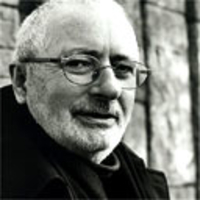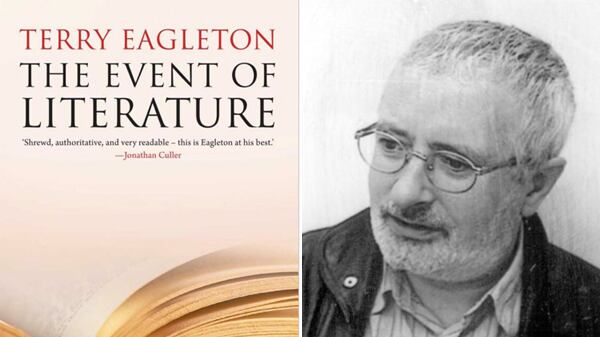
Literary criticism is unlikely to change the world, but every now and then it throws up a work of real intellectual stature. Frank Kermode’s The Sense of an Ending is one such book, but here are five others:

Eric Auerbach’s Mimesis (1946) has a claim to being one of the most monumental works of criticism of the modern era. Written during World War II in Istanbul, where the Jewish Auerbach had taken refuge from the Nazis, it charts the gradual evolution of realism in world literature from the Book of Genesis to Virginia Woolf. Beneath this project lies a political subtext: Auerbach saw realism as a humble, humane, everyday style of writing, averse to the pomp and glory of fascism. Astonishingly, he wrote the book with very little access to the literary works he was investigating. Memories were better in those pre-digital days.

William Empson’s Seven Types of Ambiguity (1930) was written in conditions almost as unusual as Auerbach’s. Celebrated as a masterpiece of literary analysis, it cobbles together some of the essays Empson wrote as an Oxford undergraduate, under the tutelage of the great literary theorist I.A. Richards. (The precocious student was later to be rudely ejected from Oxford for having contraceptives in his college room). The sheer ingenuity of Empson’s writing is breathtaking. No other critic has been able to squeeze so many subtle shades of meaning out of a line of poetry. The book is written with all the bumptiousness of a young man aware of his extraordinary talents.

F.R. Leavis’s The Great Tradition (1948) is a pioneering work on the English novel. Famed as the most combative critic of the 20th century, the Cambridge-based Leavis scandalized the literary establishment of the day with his abrasive judgements. Only five English novelists (Jane Austen, George Eliot, Henry James, Joseph Conrad and D.H. Lawrence) survive his rigorously close reading. And two of these weren’t even English. It was Leavis above all who converted literary studies from a kind of superior wine-tasting to a morally serious enterprise, and this book gives the full flavour of his tough-minded, idiosyncratic approach.

The Canadian Northrop Frye’s Anatomy of Criticism (1957) now has a rather dated feel to it, but ranks among the most magisterial works of criticism of the modern age. It’s an almost ridiculously ambitious book, a grand taxonomy of Western literature which meticulously slots poems, plays, and novels into a complex structure of categories. Always authoritative and occasionally authoritarian, Frye’s later work never lived up to the promise of the Anatomy, and the book itself was probably more admired than read.

Fredric Jameson’s The Political Unconscious (1982) is just one of this prolific writer’s many works worth a mention. The single most important American critic of our time, Jameson’s interests range from the novel, film, and utopia to architecture, science fiction, and political theory. In fact, this myriad-minded intellectual has been described as a man to whom nothing cultural is alien. A magnificent stylist as well as an eminent cultural theorist, Jameson reminds us, among other things, of the continuing necessity of Marxism.






